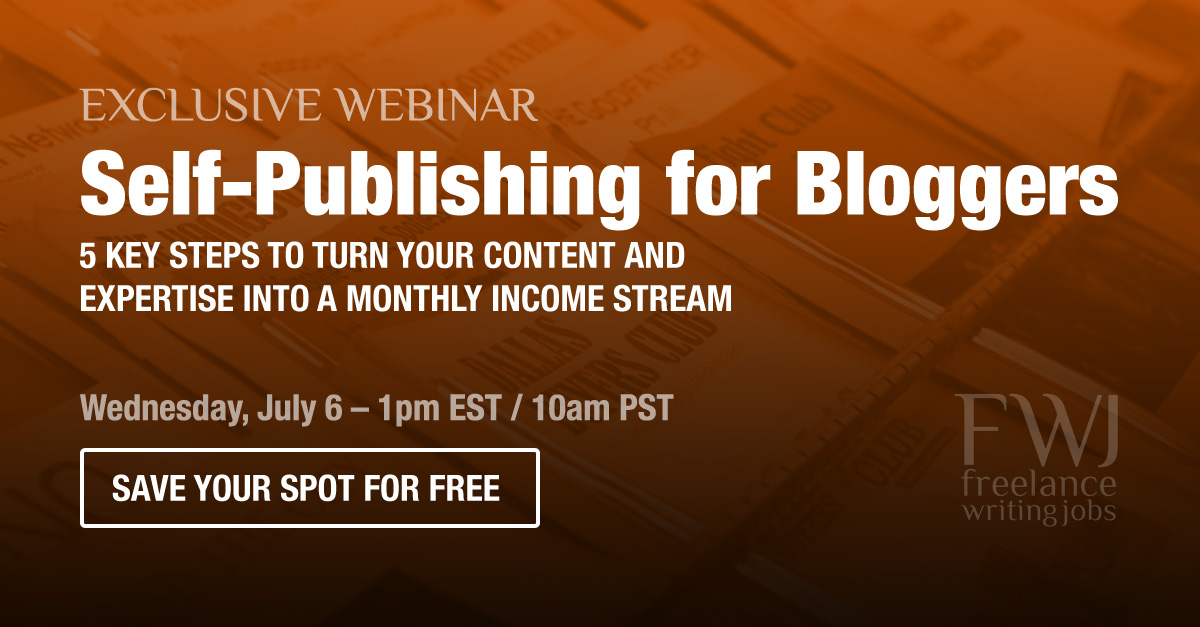self-publishing
-
What’s a Book Writer to Do?
I’ve had five novels published professionally, through an internationally-distributed publishing house. I’m…
-
Book Writing and Publishing FAQ – What Types of Publishing Options Are Available to Me?
After reading Robin’s great post last week about writing ebooks and publishing…
-
Book Writing and Publishing FAQ – Should I Self-publish or Go with a Traditional Publisher?
Many aspiring authors who have not published books yet spend a lot…
-
Join the eBook Revolution
As technology advances, art always finds new ways of taking advantage of…


